A Record-Breaking Year at the Louvre Thanks to Bey, Jay-Z and Eug D
- SUBSCRIBE
- ALREADY SUBSCRIBED?
BECOME A BONJOUR PARIS MEMBER
Gain full access to our collection of over 5,000 articles and bring the City of Light into your life. Just 60 USD per year.
Find out why you should become a member here.
Sign in
Fill in your credentials below.
It’s official! The Musée du Louvre announced on January 3, 2019 that their attendance of 10.9 million visitors in 2018 surpassed their previous high of 9.7 million in 2012. The increase since 2017 was 25%. What brought more crowds to this glorious palace of art? Could it be the colorful swashbuckling strokes of Romantic artist Eugène Delacroix, whose retrospective graced its noble galleries from March 29th through July 23rd? Maybe.
More likely, the blingy glam video “Apesh*t” produced and starring the King and Queen of the Music Industry, Mr. and Mrs. Carter, better known to us as Beyoncé and Jay Z. Woven into a dizzying tapestry of masterpieces and minor pieces filmed in situ at the Louvre, this media extravaganza, directed by Ricky Saiz and choreographed by Sidi Larbi Cherkaoui, celebrates their latest album Everything is Love: The Carters. More astonishingly, this already award-winning video dropped during the Carters’ ambitious multi-national summer 2018 tour On the Run II. The amount of energy and creativity required for such excellence defies imagination. Benoît Debie received the 2018 MTV Award for best cinematography. The video’s song was co-written by Pharrell Williams, Beyoncé Knowles, Shawn Carter, Quavious Keyate Marshall, and Kiari Kendrell Cephus, and co-produced by Pharrell Williams, Beyoncé, Jay Z and Stuart White.
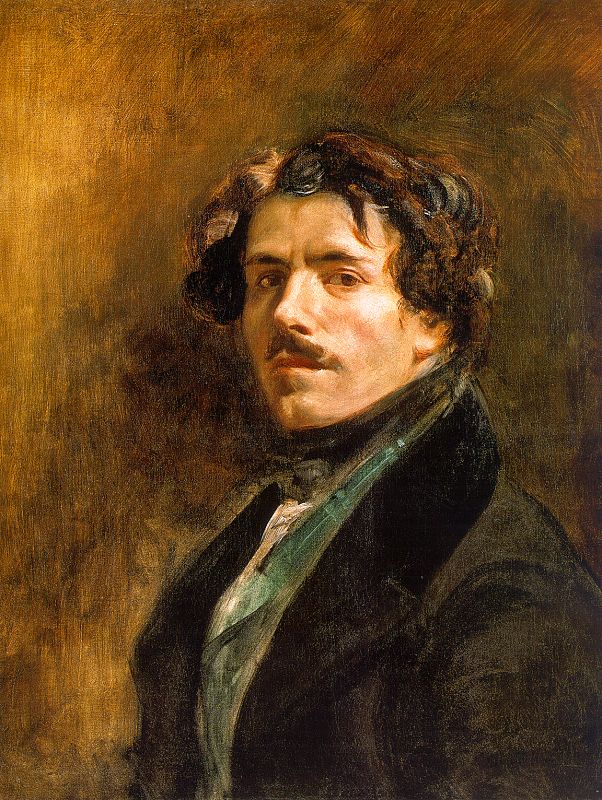
Eugène Delacroix, Self-Portrait, 1837
Oil on canvas, 65 x 54 cm, Louvre –Public Domain
But what does the video mean, my students asked? What do all those Egyptian, Classical and European works of art infer about Bey, Jay and post-Lemonade? Jay Z claims that their art is their therapy. Could be. I think the lyrics explain it all to you.
So carefully watch, listen and repeat, several times. Remember to stop the video in order to study each scene. For example, the dancers in front of Jacques-Louis David’s Sacré de Napoleon, aka Coronation of Emperor Napoleon, 1805-7, remind me of Pre-Dynastic Egyptian goddess figures. Next, get thee to the Louvre to follow our exclusive Bonjour Paris self-guided “Beyoncé and Jay Z at the Louvre” tour, presented here with captions in English. By doing so, you contribute to the next record-breaking year for the Louvre in 2019. Happy Hunting!
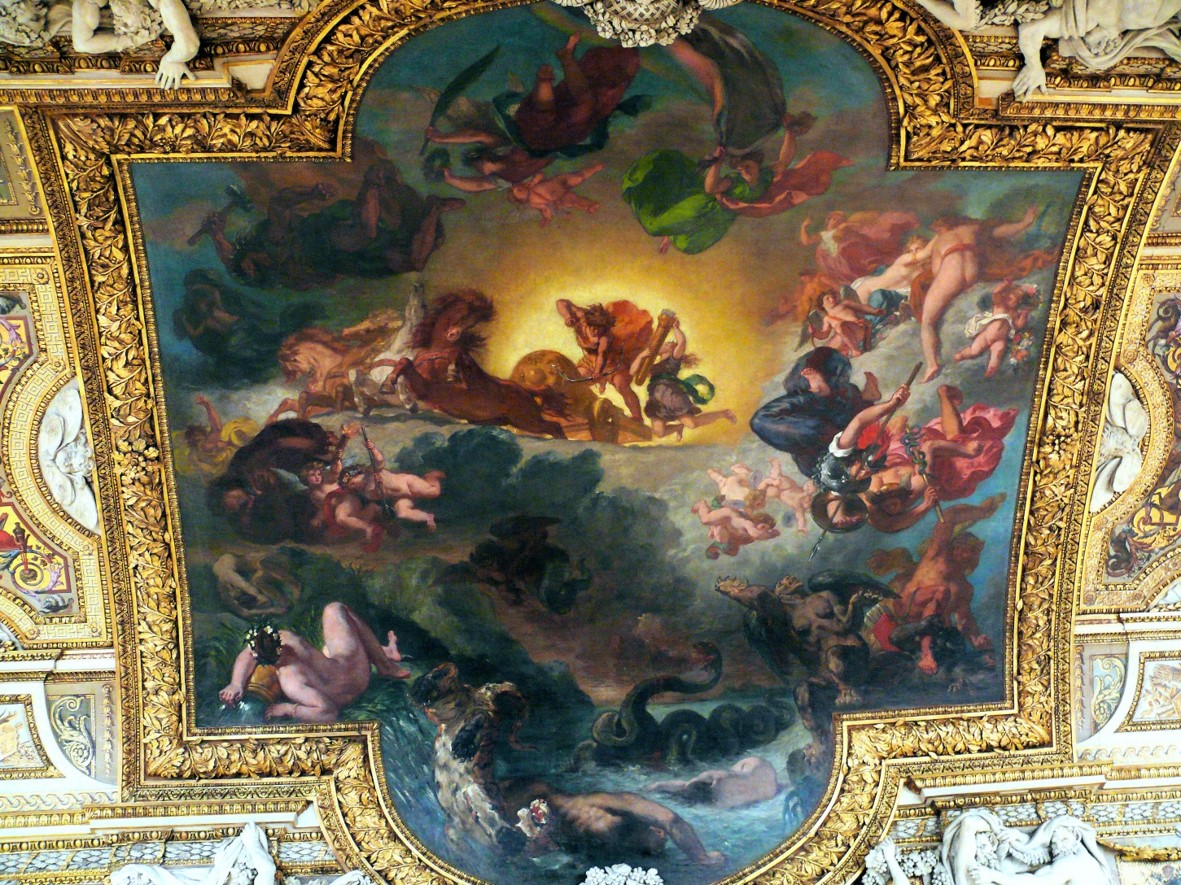
Eugène Delacroix, Apollo Vanquishing the Python, 1850. Musée du Louvre
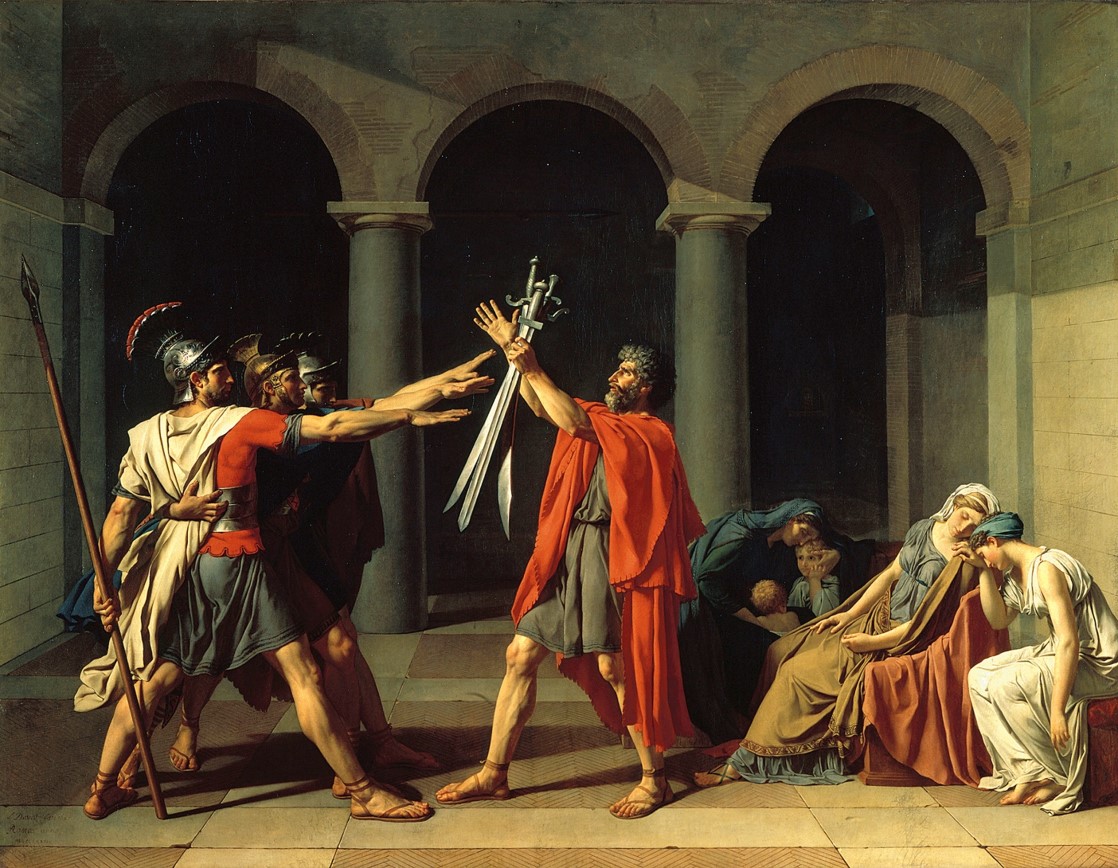
Jacques-Louis David, The Oath of the Horatii, 1784
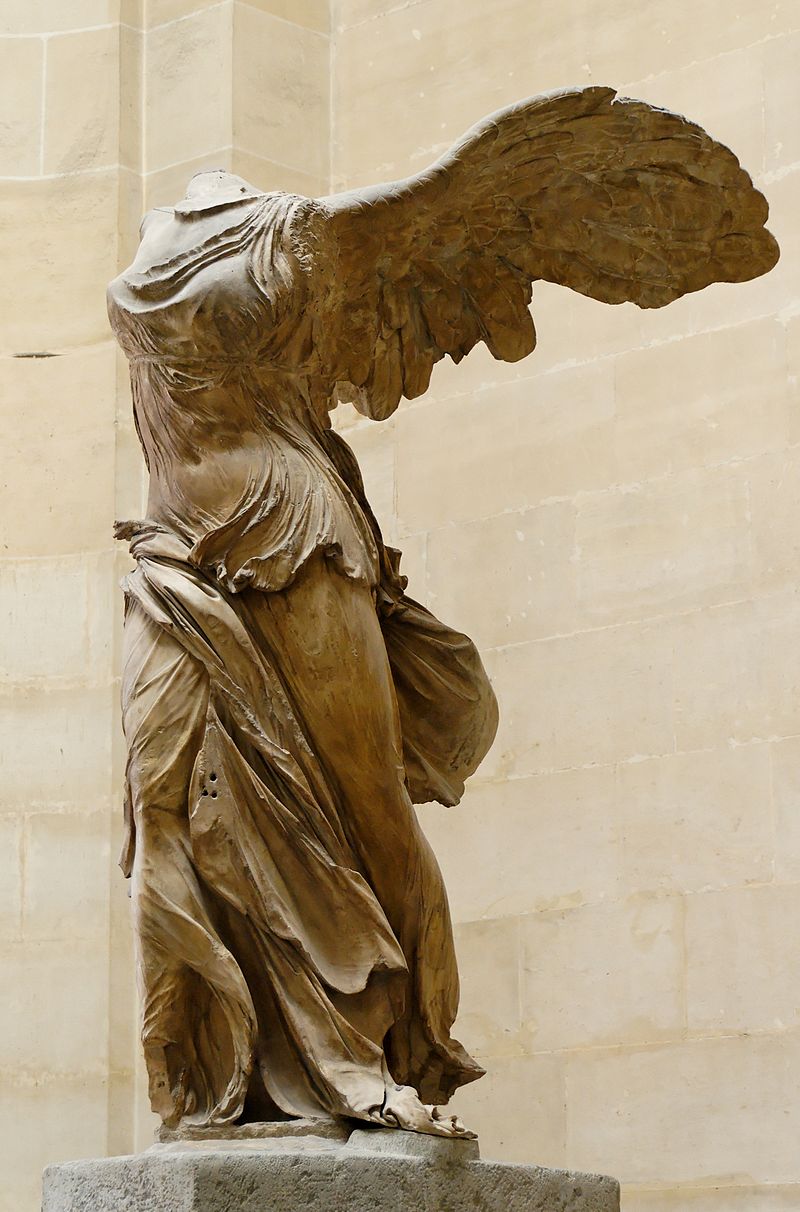
Winged Victory of Samothrace, c. 150 BC. Public Domain
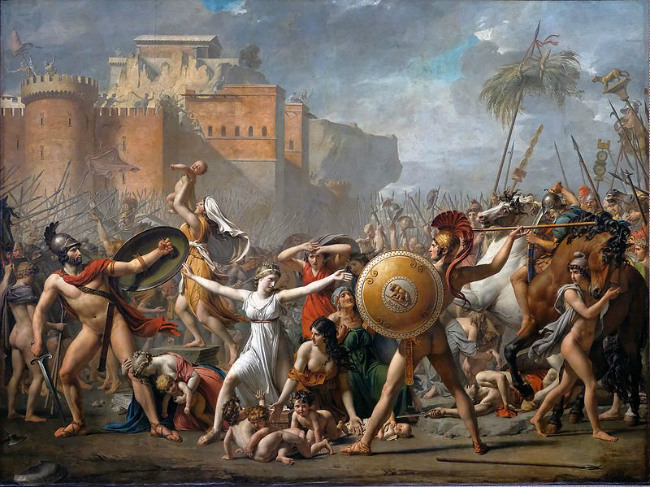
Jacques-Louis David, The Intervention of the Sabine Women, 1799
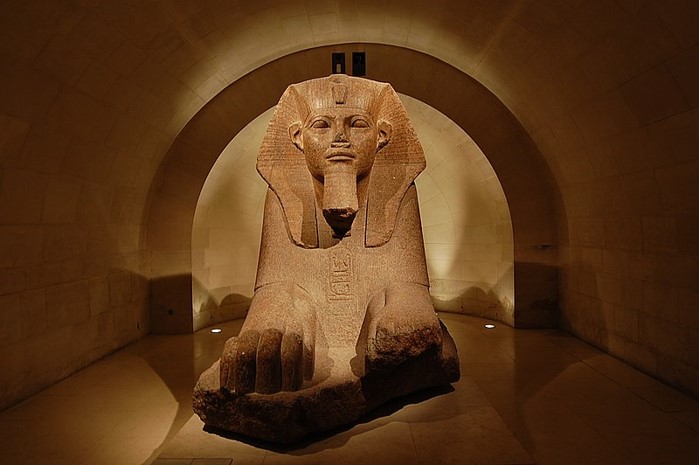
Egyptian, “Great Sphinx” of Amenemhat II, 19th Dynasty, c. 1914-1879 BC. Photo credit: edwin.11/ Wikimedia commons
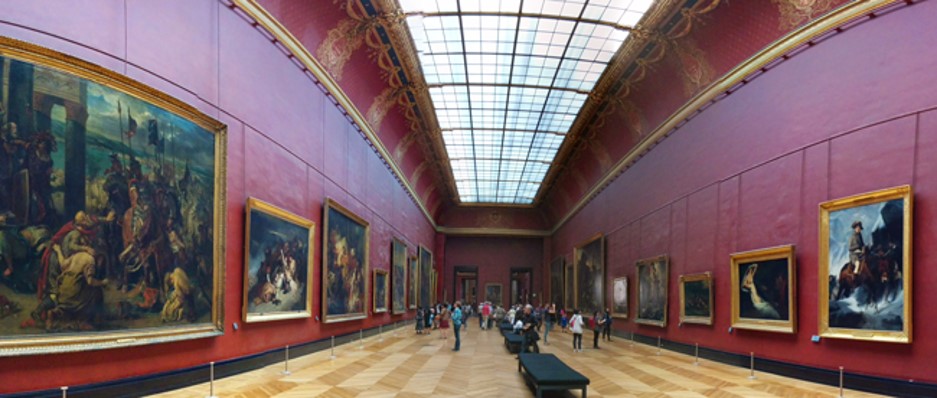
Louvre, Gallery of 19th century Masters
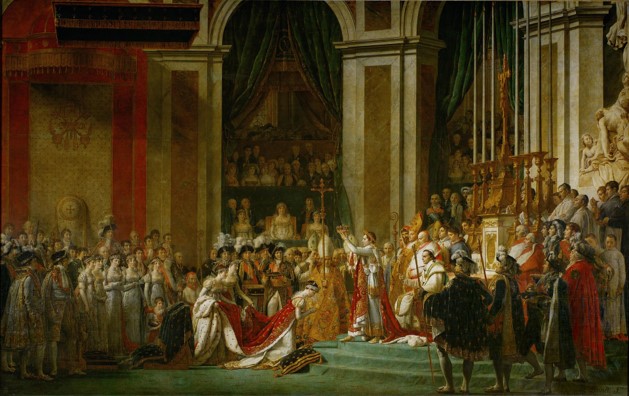
Jacques-Louis David, Coronation of Napoléon, 1805-7. Louvre. Public domain
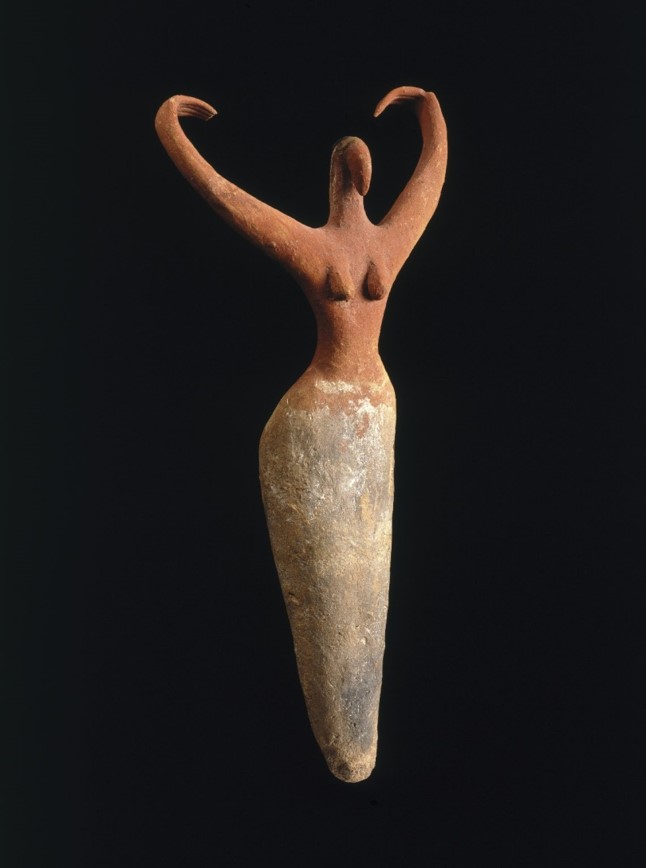
Egyptian, Pre-Dynastic, Goddess Figure, c. 3500 BC. Louvre.
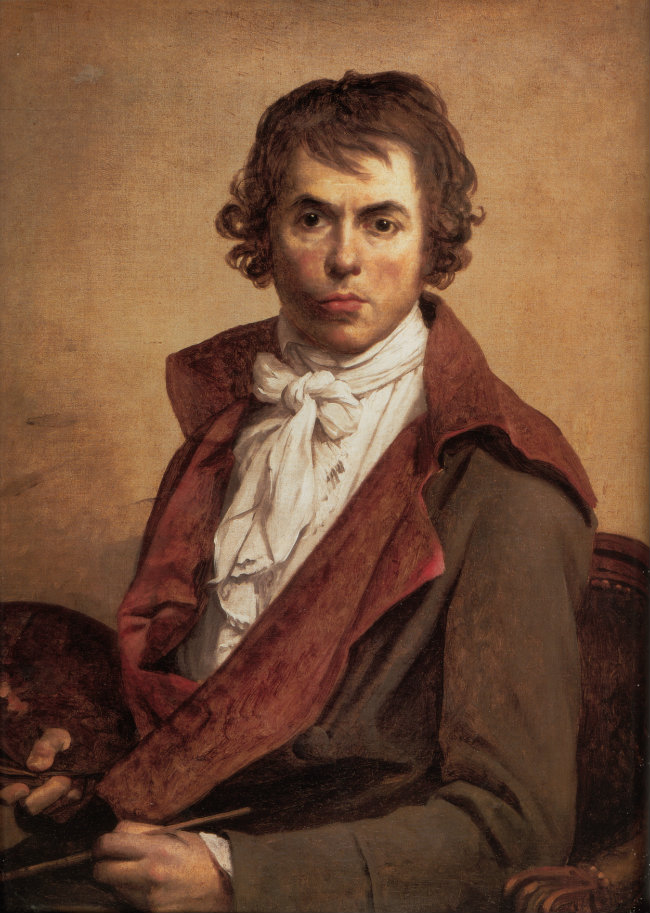
Jacques-Louis David, Self-Portrait, 1794. Public domain
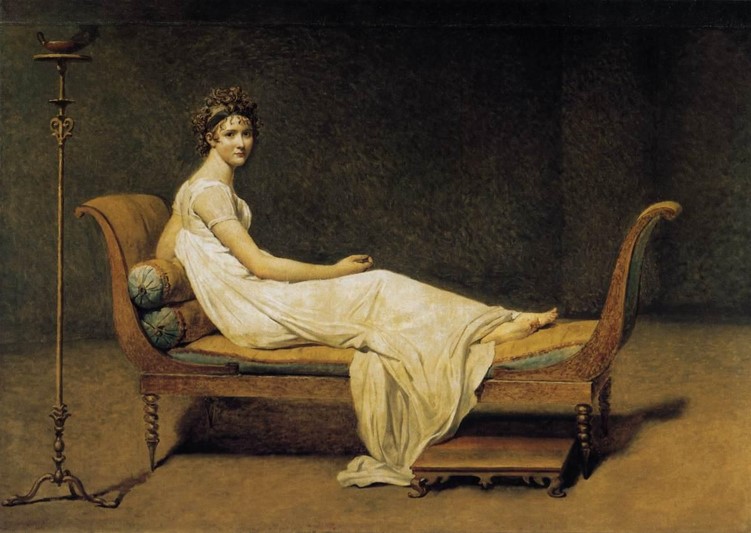
Jacques-Louis David, Madame Recamier, 1800. Public domain
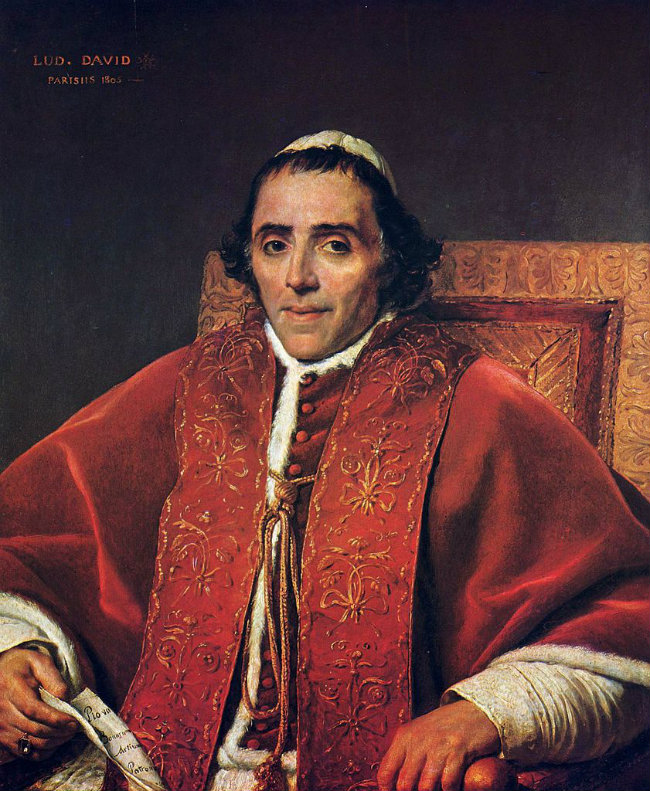
Jacques-Louis David, Portrait of Pope Pius, 1805.
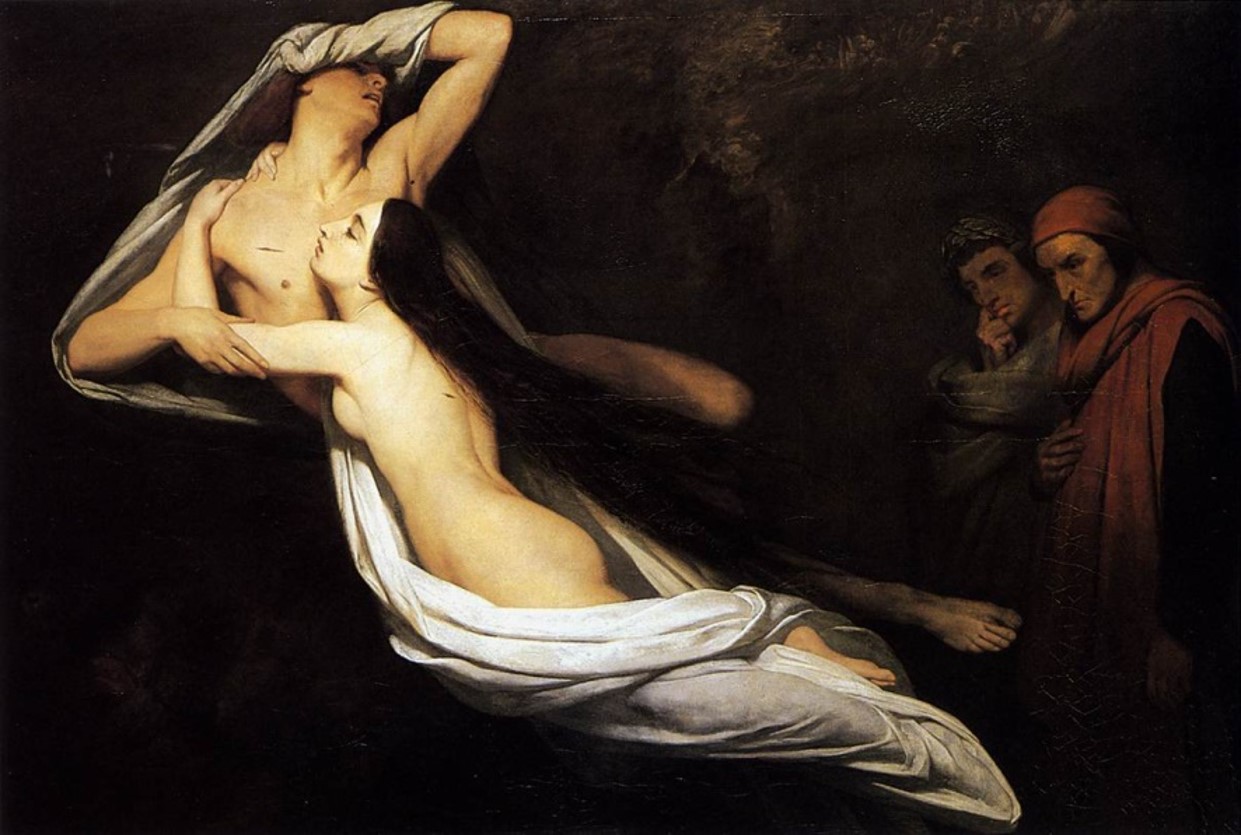
Ary Sheffer, Francesca da Rimini and Paolo Malatesta Appraised by Virgil and Dante, 1835. Louvre. Public domain

Rosso Fiorentino, Pietá, 1530. Public domain

Andrea Solario, Madonna with the Green Cushion, 1507-10. Public domain

Théodore Géricault, Charging Horsemen, 1812. Collection of the Louvre

Théodore Géricault, Raft of the Medusa, 1819. Collection of the Louvre

Influenced by Lysippos, Hermes Tying his Sandal, original was 4th century. This is a Roman copy, c. 2nd AD. Photo: Ricardo André Frantz/ Wikimedia commons

Paolo Veronese, The Wedding Feast at Cana, 1563. Collection of the Louvre

Marie-Guillemine Benoist, Portrait of a Black Woman, 1800. Public domain
Lead photo credit : Apollo Gallery, Louvre in 1900. Public domain
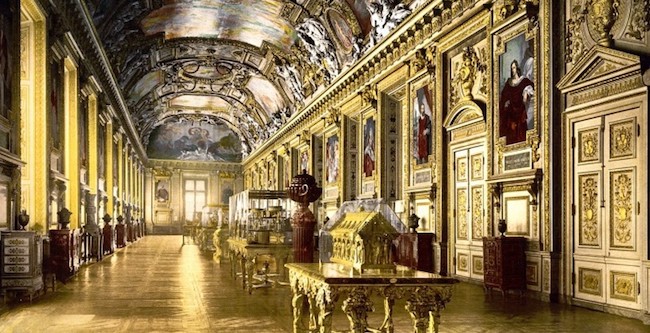


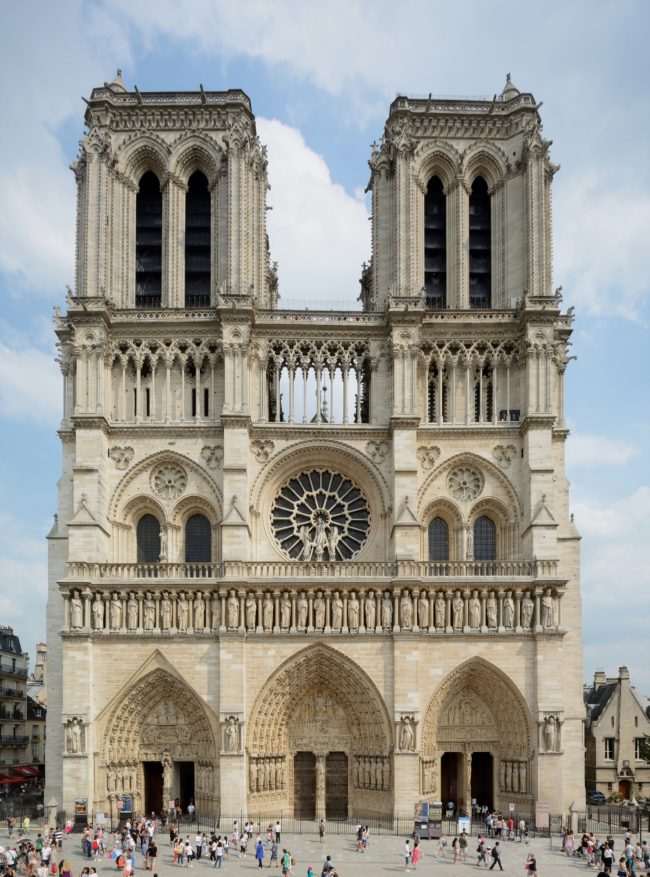
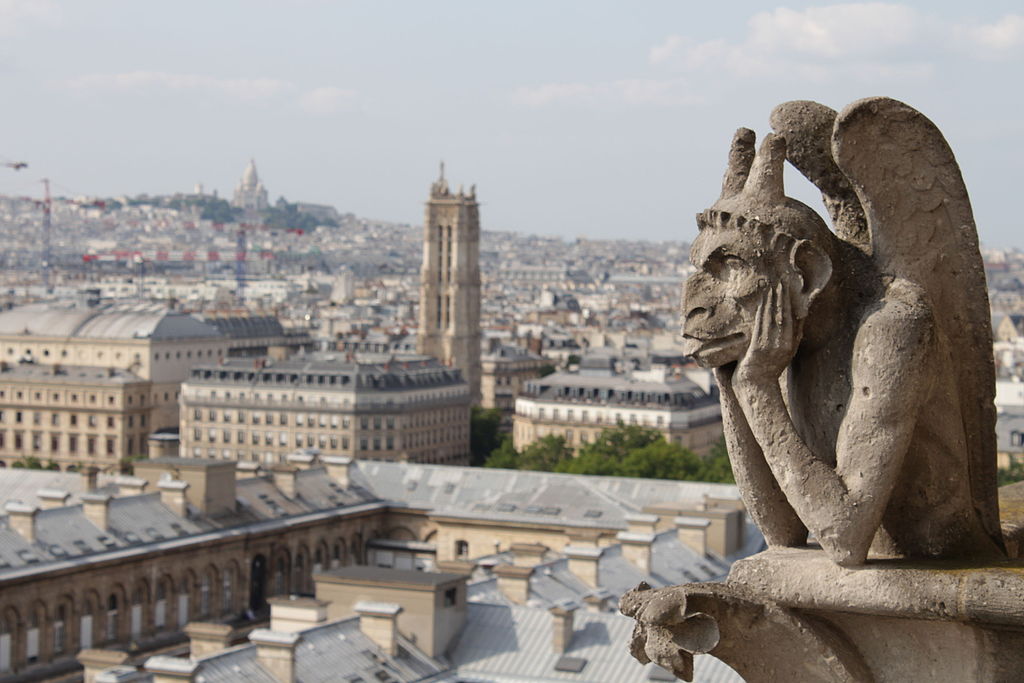


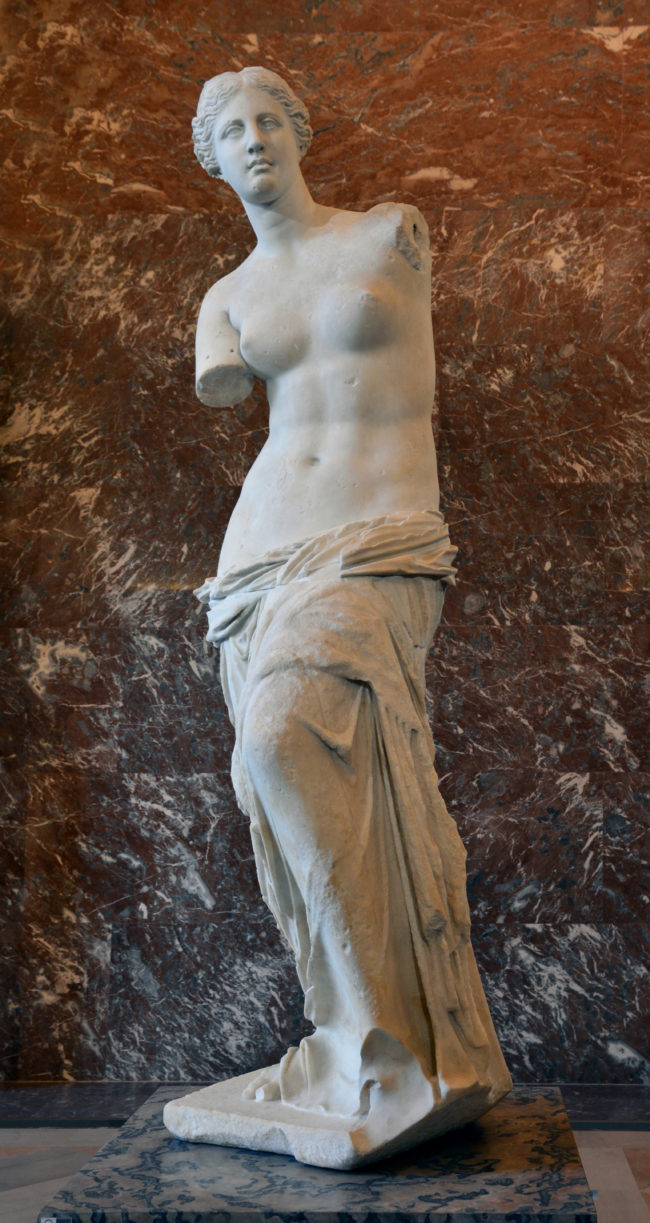

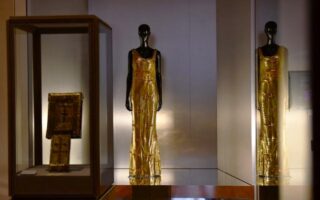

REPLY
REPLY
REPLY
REPLY